As we stumble from our dorms to breakfast at the galley, we see the oldest of the three historic huts in this area, Discovery Hut. Perched less than a mile away, on a hill on a little peninsula called Hut Point, it overlooks the sea ice and can actually be seen from many parts of McMurdo.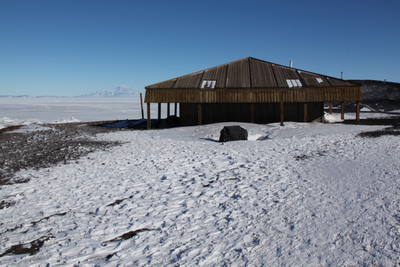
Do you remember what either of these two early Antarctic explorers accomplished?
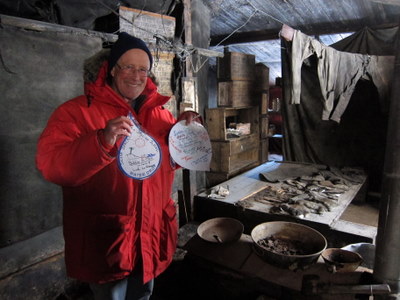
The hut was built in 1902 and first used by Scott and Shackleton and their men on the Discovery expedition( 1901-1904). It was actully used as a storage facility and emergency shelter while the men lived on their boat, the Discovery. This was the only expedition on which both men worked together and it opened the era of using sledding traverses for exploration of the continent. The expedition was not a serious attempt to the Pole though the men made it to 82°17'S – the farthest south anyone had traveled and 480 miles north of the South Pole. On this expedition the men focused more on scientific research and geographical exploration in what was then largely an untouched continent. Among many things, they found a dry valley (a rare place without snow in Antarctica) and an emperor penguin rookery at nearby Cape Crozier and gathered all sorts of biology, zoology, geology, meteorology and magnetism information. When Shackleton returned from the trek south, he was sick with scurvy and recovered here at Discovery hut, but then got sent home. This ended the friendship between Scott and him.
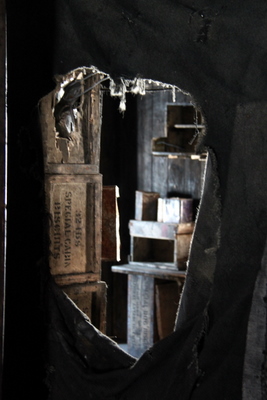
Shackleton returned three years later as leader of his own expedition, called the Nimrod or British Antarctic Expedition. Though they were based at a different hut, the men used the Discovery hut again as a storage and advance camp. On this expedition, five men made the first ascent of an Antarctic peak. Towing a 600 pound sled for five days, they summitted 12,448 foot high Mount Erebus on March 10, 1908. Shackleton and three men, Eric Marshall, Jameson Adams, and Frank Wild, also made it to 88°23′S, just 97.5 miles north of the Pole. There they wisely decided to turn around due to food shortages. Meanwhile three other members of his expedition, Edgeworth David, Douglas Mawson, and Alistair Mackay manhauled sledges and reached the Magnetic South Pole though they were starving, frostbitten, hypothermic, and injured.
While these are all astounding feats, it is potentially more important to note that everyone survived. This was not the case for the next expeditions.
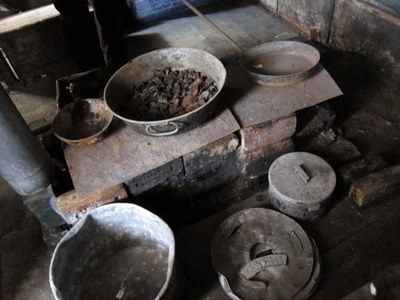
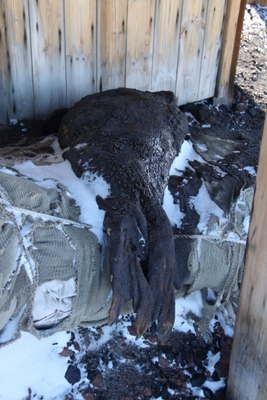
The next expedition to use the Discovery Hut came the next year as it was used for one of the two parties in the last race for the South Pole. Scott and his men used the hut as their advance camp for this 1910-1913 Terra Nova expedition. On this expedition Scott was in competition with the Norwegian, Roald Amundsen, who left from a place across the Ross Ice Shelf, the Bay of Whales. Amundsen used skis and dogs and ended up first at the South Pole, arriving on December 14, 1911, 33 days before Scott with his ponies and dogs. Even worse, on the return, Scott and his men, Henry Bowers, Edgar Evans, Laurence Oates, Robert Scott, and Edward Wilson, frostbitten, starving, and weak, perished. The last three died, trapped by a storm in their tent only 11 miles from food.
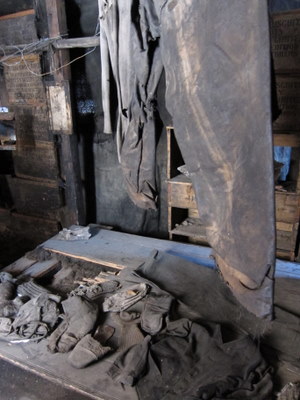
Just two years later it was used a fourth time, this time quite heavily, for the “forgotten men” of Shackleton’s famous Aurora expedition of 1915-1917. Ten men were based here to lay depots of food for the expected arrival of Shackleton who was attempting to cross the Trans-Antarctic Mountains from the Weddell Sea. Without phones and internet like we have now, the men did not know that Shackleton and his ship, the Endurance, never even landed and instead got trapped in the drifting sea ice. They faced the worst conditions of all the expeditions as most of their food and supplies disappeared when their boat, the Aurora, drifted off to sea. Making do for two years with meager supplies scavenged at both the Terra Nova hut and some from the Discovery hut, the men spent eight months hauling up to 1500 pound sleds for up to 1800 miles. Fighting scurvy, frostbite, and starvation, they laid a total of 6 depots for men that would never arrive. On the return, five of these men lived in the Discovery Hut for five months while they recuperated and waited for the ice to thicken so they could reach more the more spacious Terra Nova hut until a ship could come rescue them. In the end, though three people, Arnold Spencer-Smith, Aeneas Mackintosh and Victor Hayward, died, the group was rescued by Shackleton who came in a ship – not by land.
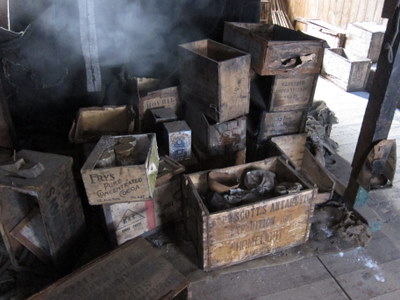
This marked the end of the Age of Antarctic Exploration and it would be years before more explorers would return. The depots are still there, hidden deep in the snow. The huts also stand as reminders of earlier days and harsher struggles to find answers and knowledge.
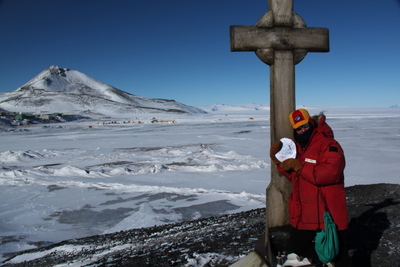


Comments